We've gone Pink to help fight Breast Cancer.
Use code "BREAST" and we'll Donate $50 to National Breast Cancer Foundation
Main Menu
Petsy Breed Pages
The world’s most comprehensive information on the ...
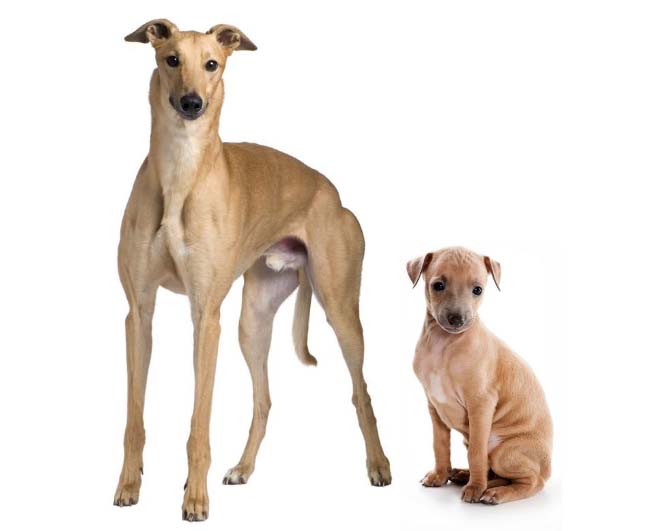
$1500.00 - $2000.00
English Greyhound
Large
Hound Group
Short
Extra high
Extra high
10 to 14 years

Would you like to know what it would cost to insure an Greyhound? Find out by getting a free quote, with petsy pet insurance.





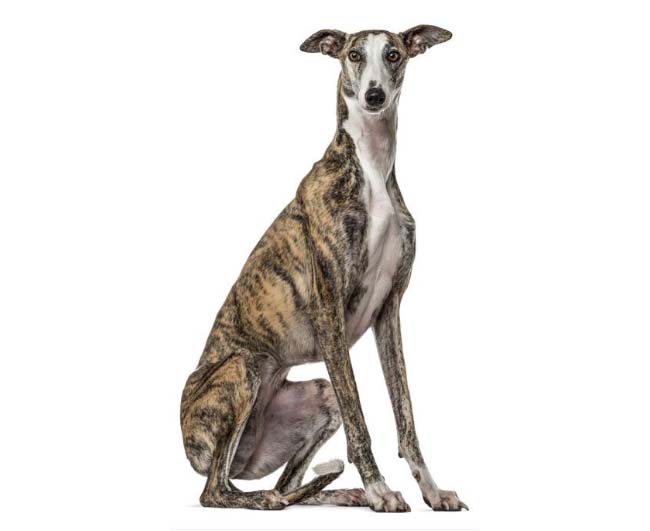
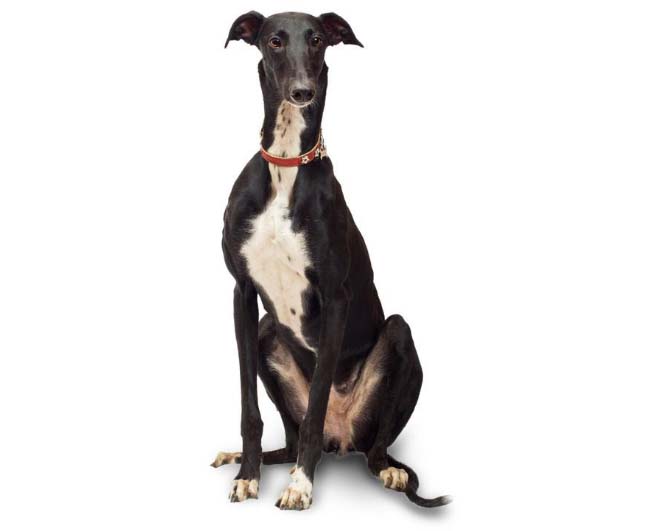

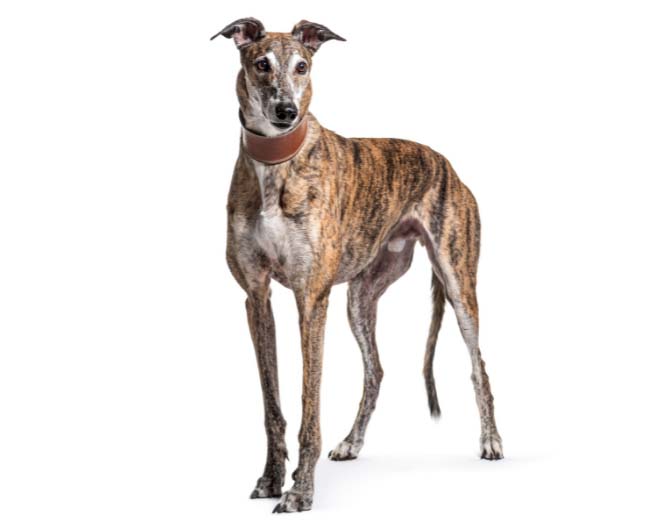
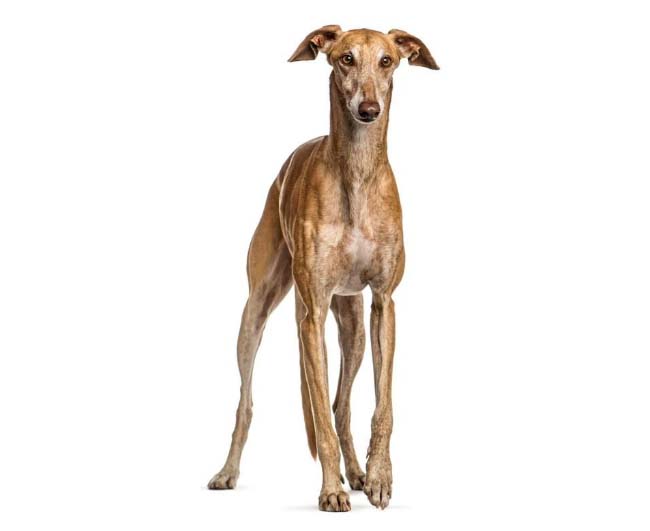
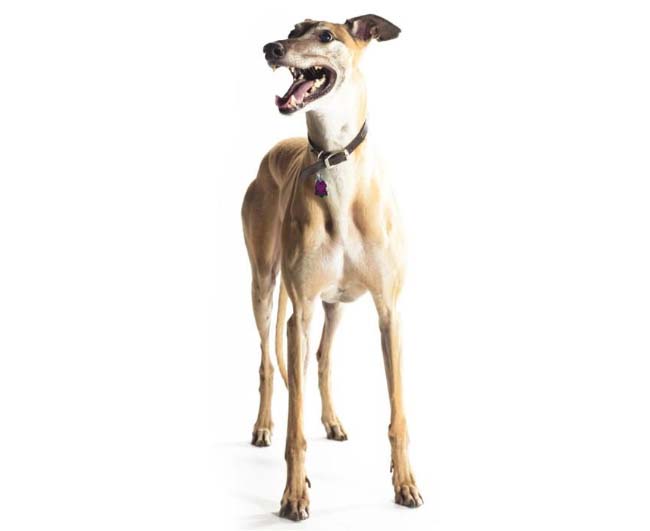
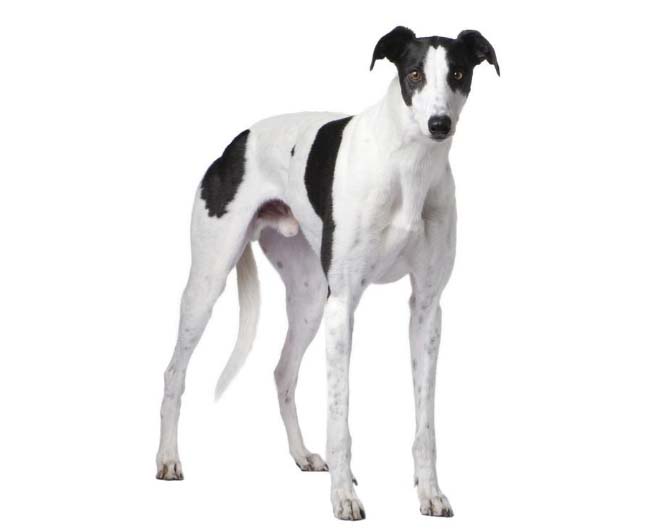
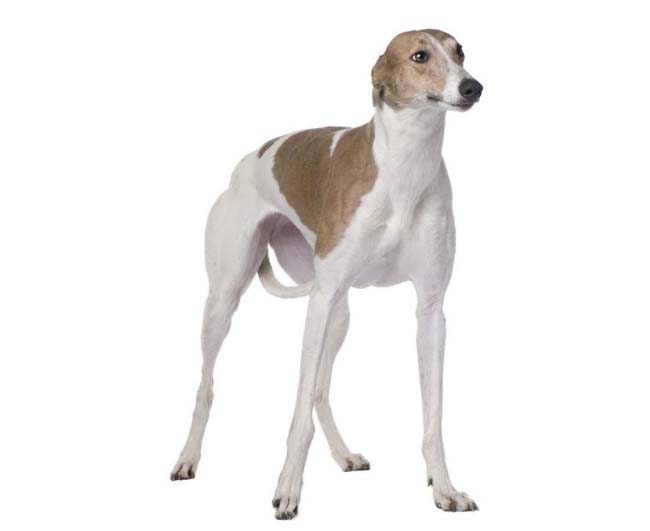

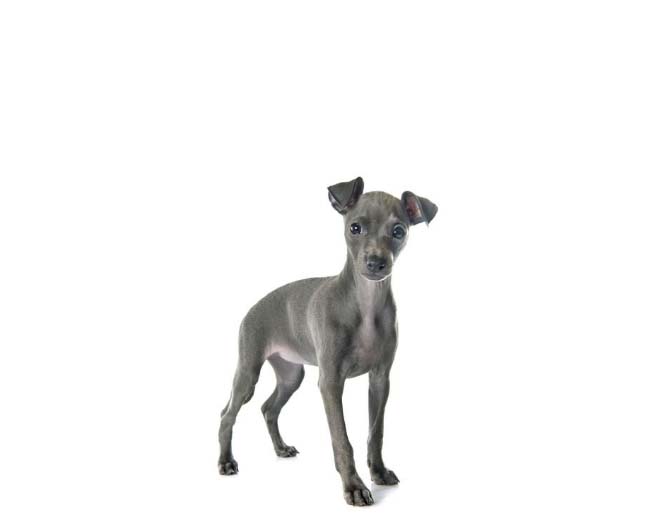
Greyhound come in a variety of colours, including Black and White, Brindle, Dark Brindle, Fawn Brindle, Fawn, White and Black, White and Fawn, Fawn, Blue.


How much do
Greyhound eat?
4.00 to 5.00 cups of food a day

How much
exercise do they need?
40 to 60 Mins

Are they kid friendly? Greyhounds are gentle, laid back characters which make them great companions for children

Do they need a lot of space? Greyhounds don't need a lot of space but they do need a place of their own to retreat to when they wish to be alone
Patellar Luxation
Legg-Perthes Disease
Hip Dysplasia
Heart murmurs
Greyhound requires 1.5 to 2 cups of high-quality dry food per day, divided into two meals. This will depend on your dog's size, weight, age, metabolism, and activity level. Consult your veterinarian or a dog nutritionist to determine the proper nutritional balance for your pet at each stage of its life. Always provide them with clean, fresh water at all times.
Greyhounds have a short and thin coat that sheds minimally. However, because of their fine hair, they are also very easy to groom.
Brush them once a day to keep shedding to a minimum. They will enjoy being massaged with a hound mitt, also known as a rubber curry brush. Weekly brushing helps reduce the amount of hair in your home, and it keeps their plush coat healthy.
Grooming them would only take you a few minutes each week. Brush them weekly with a rubber grooming mitt or a brush with short, natural bristles.
A fine-toothed flea comb helps remove loose or dead hair. Their undercoat may come out in little thuds. Regular brushing will help keep shedding under control. With regular brushing, they shouldn?t need a bath more than every month or two.
Ears are an important area to check when you are grooming them, so if you smell an odour or see wax, clean the inner ear with a cotton ball, using a cleanser recommended by your veterinarian.
Your careful weekly assessment will help you recognise potential health problems shortly.
Greyhounds require at least one hour of exercise each day. Although backyard exercise is fine, daily walks provide them more mental and physical stimulation for your dog and aid in the development of a trusting relationship between you and your new pet. They will happily go on walks with their owner and also performs well in a number of canine sports, but they are just as glad to stay on the sofa all day.
Scheduled six-monthly health check visits with your vet are important to ensure they are healthy and happy throughout all life stages. In these annual visits, your vet will complete a physical examination, take your dog's temperature and check their heartbeat, among other things.
Routine maintenance for your dog gives you a chance to track your dog's growth and development, discuss any concerns with your vet, and form a key part of preventative care.
Greyhounds are gentle, low-key, and affectionate creatures. They make wonderful house pets. Greyhounds are intelligent, sweet, calm, gentle, and loving when it comes to children and adults.
Like most breeds, they will need proper and early socialization training because some have little to no experience with children. However, their cool temperament makes them attractive and fun for the family.
Greyhounds are a sensitive breed that does not tolerate punishment well. They do not respond well to traditional obedience training and, if not respected, will prefer instincts to train. Strong words and harsh treatment will only make them disregard their handlers. They are highly intelligent dogs, and they learn quickly. Avoid repeating things they already know.
Greyhounds have spent their entire lives with other dogs, so they enjoy the company of other dogs. Like all sighthounds, they have a strong instinct to chase.
But they can get along well with other pets as long as enough time is spent on socialization and training. Because they are gentle and docile by nature, they do well in homes with other non-aggressive pets.
Here are some of the breeders who we work with as part of our breeder awareness program.
They are invested in ensuring the longevity of the breed and that new owner become responsible Affenpinchers owners.
Affenpinchers who are friends of Petsy





Enter your email in the form below and we will send you the full report as a pdf directly to your inbox.
Don’t worry, we hate spam too – read our privacy policy
Find the right level of insurance for your needs our customised quote takes less than a few minutes to complete.
Greyhound requires 1.5 to 2 cups of high-quality dry food per day, divided into two meals. This will depend on your dog's size, weight, age, metabolism, and activity level. Consult your veterinarian or a dog nutritionist to determine the proper nutritional balance for your pet at each stage of its life. Always provide them with clean, fresh water at all times.
Greyhounds require at least one hour of exercise each day. Although backyard exercise is fine, daily walks provide them more mental and physical stimulation for your dog and aid in the development of a trusting relationship between you and your new pet. They will happily go on walks with their owner and also performs well in a number of canine sports, but they are just as glad to stay on the sofa all day.
Greyhounds are gentle, low-key, and affectionate creatures. They make wonderful house pets. Greyhounds are intelligent, sweet, calm, gentle, and loving when it comes to children and adults.
Like most breeds, they will need proper and early socialization training because some have little to no experience with children. However, their cool temperament makes them attractive and fun for the family.
Greyhounds have spent their entire lives with other dogs, so they enjoy the company of other dogs. Like all sighthounds, they have a strong instinct to chase.
But they can get along well with other pets as long as enough time is spent on socialization and training. Because they are gentle and docile by nature, they do well in homes with other non-aggressive pets.
Suite 58, Mezzanine/388 George St, Sydney NSW 2000
Petsy Pty Ltd (ABN 54 633 343 058, AR 1277359) (‘Petsy’) distributes and promotes Petsy Pet Protection Plus (formally Petsy Pet Insurance), Petsy Puppy Protection Plus and Petsy Kitten Protection Plus as an authorised representative of Knose Financial Services Pty Ltd (ABN 38 620 795 735, AFSL 536651) trading as ThePetInsuranceCompany.com.au (‘ThePetInsuranceCompany.com.au’). ThePetInsuranceCompany.com.au is an underwriting agency acting under a binding authority as an agent for the insurer; Pacific International Insurance Pty Limited (ABN 83 169 311 193) (‘Pacific) in relation to Petsy Puppy Protection Plus and Petsy Kitten Protection Plus policies and Petsy Pet Protection Plus policies from 01 March 2023 or have an anniversary renewal date from 18 March 2023, and the Australia branch of Allied World Assurance Company, Ltd (ABN 54 163 304 907) (‘Allied World’) in relation to Petsy Pet Insurance policies purchased between 17 February 2022 and 28 February 2023 (inclusive) or renewed between 01 March 2023 and 17 March 2023 (inclusive). In all aspects of arranging this product, Petsy and ThePetInsuranceCompany.com.au act as an agent of Pacific/Allied World (as the case may be) and not as your agent. Any advice contained in this email is general advice only and has been prepared without taking into account individual objectives, financial situation or needs and you should consider the appropriateness of any such advice, the Product Disclosure Statement (‘PDS’) and the Target Market Determination (‘TMD’) available via http://www.petsy.com.au or by calling 1300 952 790 before making a decision to acquire, or to continue to hold, the product. Terms, conditions, limits and exclusions apply. Please refer to the PDS.
© Copyright 2024 Petsy Pet Insurance
During the application process You will be provided with the option to include Optional Extra Benefits that cover certain conditions and Treatments which are not otherwise covered under the Policy.
The Optional Extra Benefits are:
Alternative Therapies, Behavioural Problems, and Dental Illness.
Examples of Alternative Therapies: Acupuncture, physiotherapy, hydrotherapy
Examples of Behavioural Problems: Excessive licking, fur pulling, pacing and destructive
chewing.
Examples of Dental Illnesses: Dental diseases, gingivitis, periodontal disease.